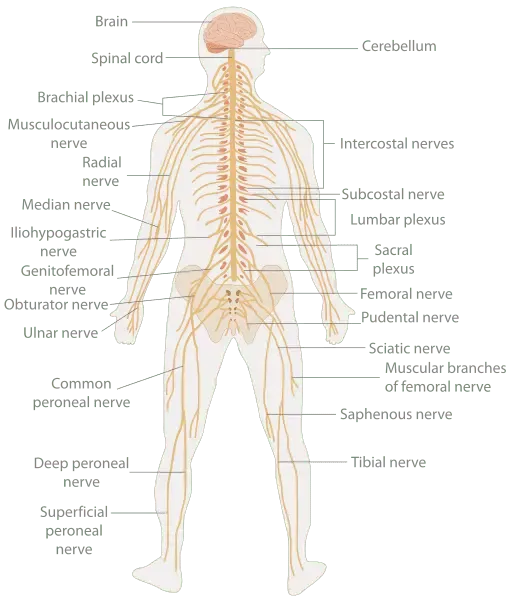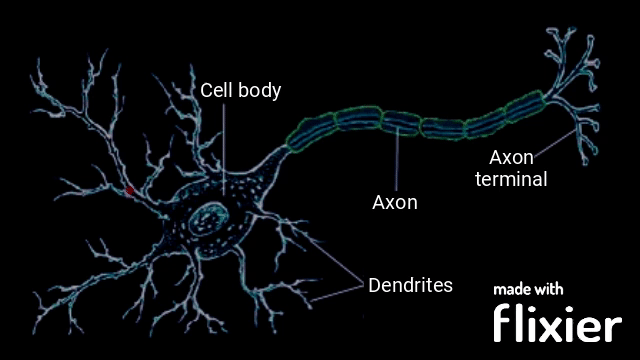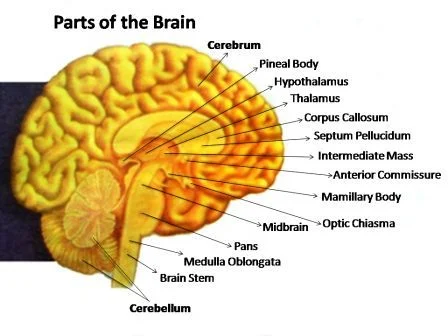How Does the Nervous System Work?
Ever wondered how does the nervous system work? It is the most complex system in the human body. It consists of a network of more than hundred billion neurons, assisted by many glial cells. Let's find out more about how it functions!
How the Nervous System Works?

Like the processor in a computer, the nervous system works as the data receiving, processing and transferring center for the human body. But it is much more than just a processor.
It also serves as the body's communication system. By communicating with the different parts of the body, it performs the daunting task of coordinating all of the body's activities.
The nervous system functions as an autonomous entity in the body. The basic function of this system includes receiving information from the outside world and the body itself, processing them and then sending appropriate responses to the target body parts.
How It Processes Information
The nervous system receives nerve impulses from sensory receptors present in skin and organs. These impulses are simultaneously processed within the nervous system to generate fast and accurate response signals so that they can be delivered to the target cells. However, if the received electric message is of low or no value, the system automatically filters it out.
The nervous system permits fast and specific communication between the brain and broadly spaced parts of the body. This communication process is done by the action of billions of dedicated nerve cells. These cells are called neurons, and they are the basic functioning cells of the nervous system.
These cells not only gather and process information but also generate proper response signals to the every part of the body. Each single neuron generating many specialized connections, called synapses, with other neurons and other cells in the body.
However, neurons are unable to run directly from the outer region to the brain. Synapses act as junctions for neuron cells, and they allow nerve impulses to be merged into one or divided up for neurons. They assist neuron cells by passing nerve impulses to the targeted destination. Low-frequency nerve impulses are also filtered out by synapses. See the below image to understand how the nerve impulse pass through neurons.

Divisions of the Nervous System

Anatomically, the nervous system has two subdivisions:
1. Central Nervous System (CNS)
- Composed of the cerebrum and cerebellum part of the brain and the long tubular bundles of nerve tissues called spinal cord.
- Protected from all sides by bony walls and the cushioning effect of a fluid (fluid cushion).
- Responds to nerve impulses (sensations) from sensory nerves.
- Serves as a control center of the body.
2. Peripheral Nervous System (PNS)
- Composed of the nervous tissues located outside of the brain and spinal cord - the cranial nerves, spinal nerves, their ramification and their ganglia.
- Carries impulses to and from the CNS.
1. Somatic Nervous System
- Includes the part of the PNS associated with body movement regulation via skeletal (voluntary) muscles
- Controls the contraction of skeletal muscles
- Carries nerve impulses back and forth between the CNS
- Represents the visceral component of the nervous system.
- Composed of neurons located within both the CNS and PNS.
- Regulates vital body functions, including body temperature, respiratory rate, heart rate, blood pressure, digestion and sexual arousal.
Resource and Further Reading
- Reza, S. (2001). Nervous Tissue and Nervous System. The Essential of Gross Anatomy and Histology, 10th edn. Dhaka: Essence Publications.
- Gray, H., & Standring, S. (2008). Gray's anatomy: the anatomical basis of clinical practice, 40th edn. Churchill-Livingstone.
Image source: The Emirr, CC BY 3.0, via Wikimedia Commons.


